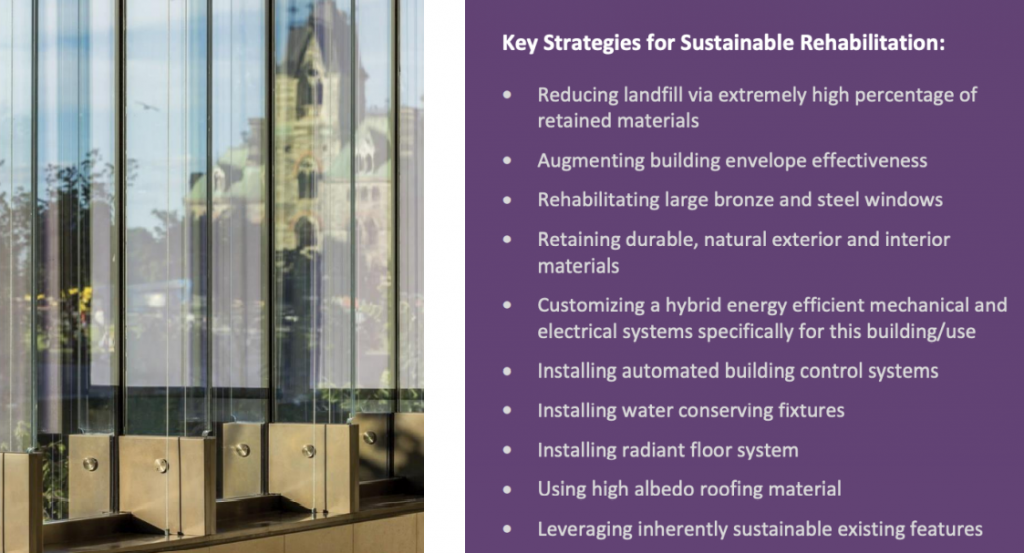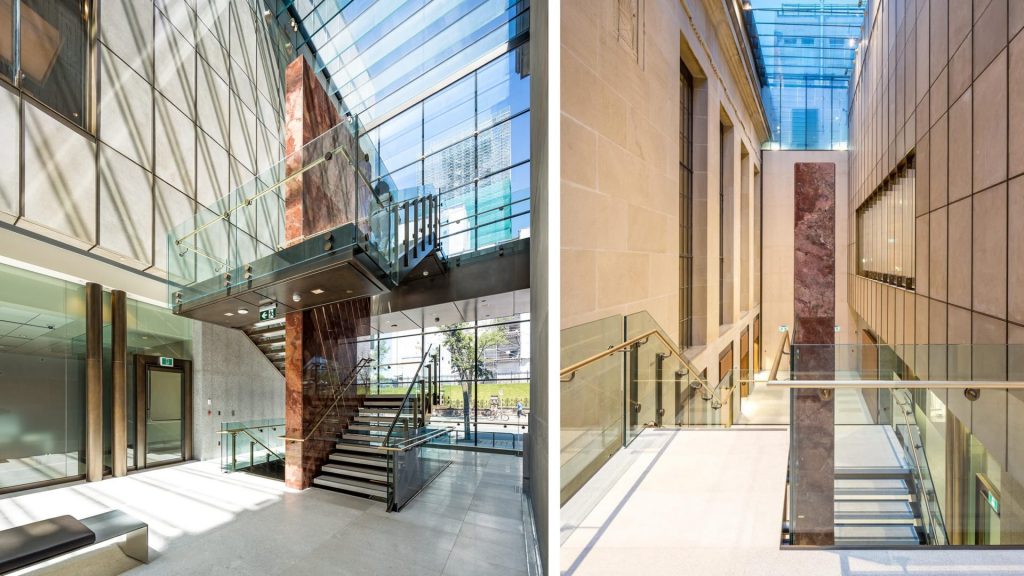The Climate Heritage Network has just released a new report of case studies that promote historic and existing building reuse as an economical and efficient means towards achieving meaningful carbon reduction in the construction industry sector, which contributes to up to half of all global carbon emissions. Sources of carbon inherent in construction are identified, defined and quantified using an analysis method that demonstrates the potential carbon savings from the reuse of a similar existing building that can be compatibly reused.
The collection of case studies illustrate the carbon reductions realized from the retention and adapted reuse of historic and existing buildings. Additionally, reuse projects can benefit the retention of regional cultural heritage and traditional skills, assisted by policies promoting the reuse of existing buildings.
A job well done for the entire CHN Working Group 3 contributors, including MTBA’s own; Mark Thompson Brandt, Chris Warden and Emily Guy.
IT’S ALL IN THE NUMBERS!
The compilation of case studies illustrate the potential of carbon reductions from the retention and adaptive reuse of historic and existing buildings. Inclusive in the case study report is the former Bank of Montreal at 144 Wellington Street (also known as the Sir John A. Macdonald Building), in collaboration with NORR Architects and Engineers & John G. Cooke and Associates Structural Engineers.

Inherently Sustainable Features:
- Thermal mass from triple wythe masonry walls;
- Durable, robust, reusable materials;
- Daylighting and passive resilience;
- Embodied energy of building elements;
- Prime downtown location, close to public transit.

REPORT CONCLUSIONS
Heritage conservation professionals have the skills to design interventions into existing buildings while retaining value; hence they would make good leaders to help scale up deep green retrofits, rehabilitations and the reuse of the massive inventory of existing buildings! In tandem with L.C.A. tools, C.A.R.E. and Versus methodology, professionals can aim for holistic building fleet management for higher impact investments with fewer unintended negative consequences.
Heritage buildings can be laboratories for innovation at a time when society needs to scale-up building performance retrofits. This means that heritage buildings and their actors can also help educate the public and increase understanding and support for building reuse as climate action!

You can learn more about the Climate Heritage Network and Working Group 3 here: Working Group 3 – Climate Heritage Mobilization

